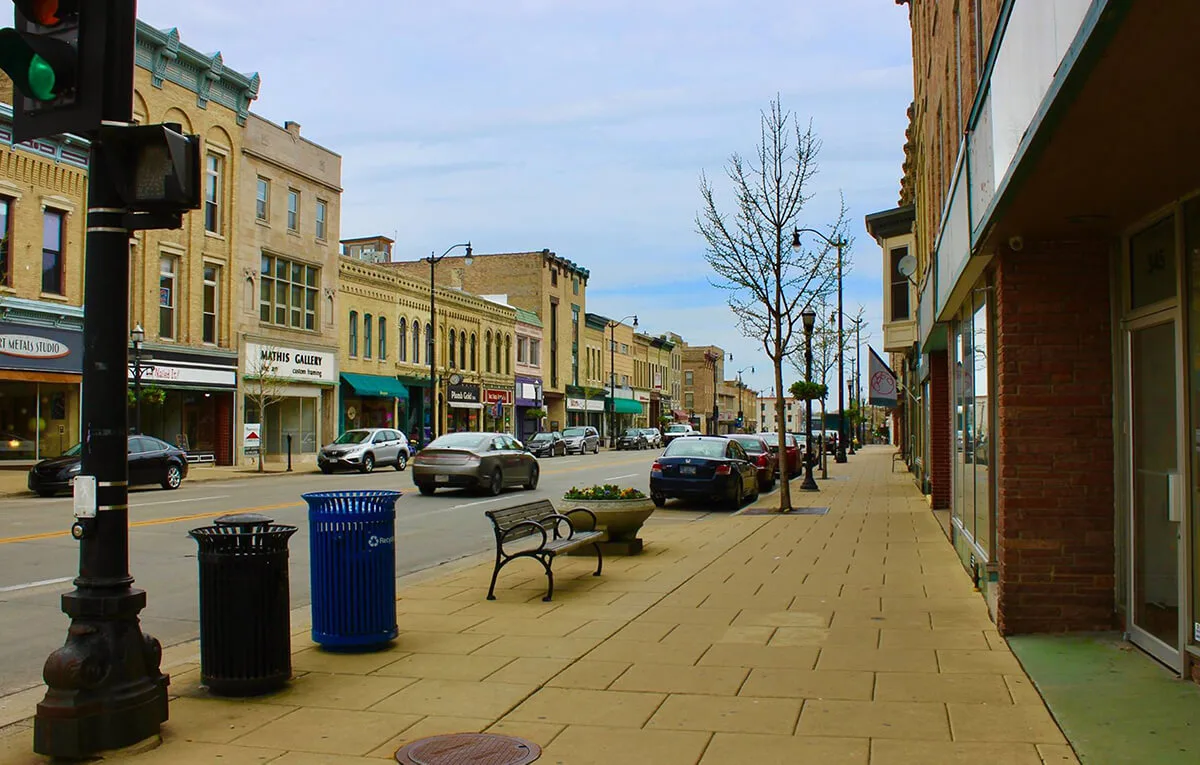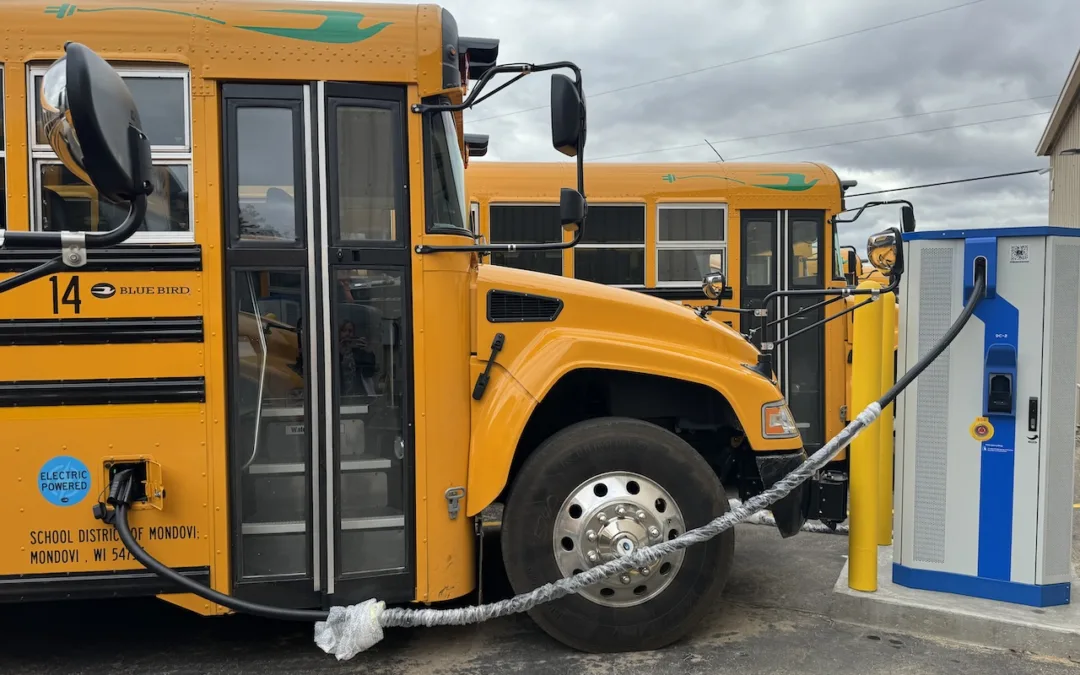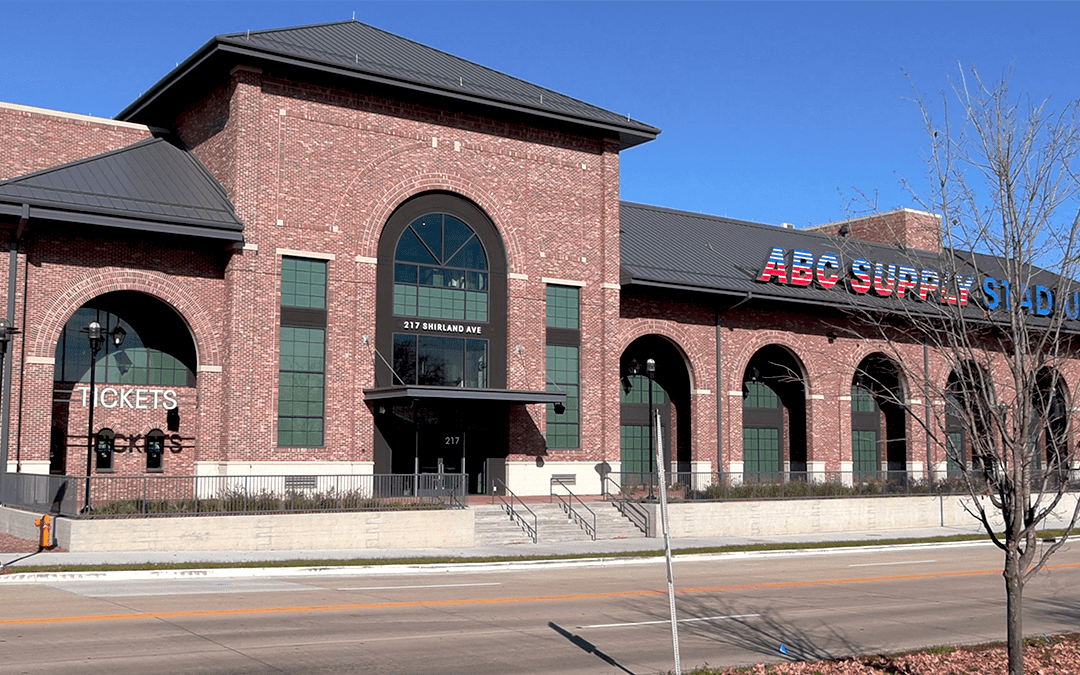
#image_title
#image_title
Racine, Wausau, and Madison among Wisconsin cities seeing huge benefit from millions of dollars in COVID relief.
After a long and hard year during the coronavirus pandemic, the American Rescue Plan Act (ARPA) came as a big relief for struggling cities like Racine.
“It is a saving grace for the city. We had to make major cuts in the last budget, and this allows us to move forward for the next few years,” said Paul Vorhnolt, Racine city administrator. “This really does stabilize us and allows us to make some significant investments that might turn around and increase that tax revenue in the future.”
Racine isn’t alone. It and two more Wisconsin cities are sharing their plans for the money they will receive in the next two years from ARPA, which President Joe Biden signed in March. The legislation brought $2.3 billion in federal aid to local governments across Wisconsin and $1,400 checks to most individuals as the nation continued to recover from COVID-19.
Vornholt said Racine’s ARPA funding is “one of the biggest opportunities the city has had.” It is getting about $46 million over the next two years. With about $1.5-$2 million in revenue loss from the pandemic, Vornholt said that the city will set aside a chunk of its funds to stabilize the budget.
Racine is also looking into its aging housing infrastructure, with many properties in the city in disrepair or foreclosed upon. City officials are considering investing in eviction prevention programs, homeownership incentives like down payment assistance, or mortgage/financial counseling.
Vornholt said, “ARPA was really restrictive in terms of capital projects,” and it focused more on operational programs and policies. Municipalities were able to allocate money toward projects like lead abatement and broadband infrastructure, but Racine’s federally qualified health center that is currently under construction was only “eligible in some respects” to put ARPA funds toward.
The city was also hoping for an extra infusion of brownfield grants to address “abandoned, idled, or under-utilized industrial and commercial facilities where expansion or redevelopment is complicated by real or perceived environmental contamination,” as defined by the EPA, but the ARPA guidelines did not outline this in the eligible uses of funds.
Vornholt is also keeping an eye on the federal infrastructure package currently being debated in Congress so the city doesn’t use funds for something that would be covered in that bill.
Unlike Racine, Madison faced a large budget deficit in 2020. The city is using over half of its $47.2 million from ARPA, about $24.4 million, to address its revenue loss of $44 million in the fiscal year.
Just under half of the city’s ARPA funds—$22.5 million—will be split into five priority areas for community investment: violence prevention/youth engagement, homelessness support, affordable housing, emerging needs, and economic development. Another $2.6 million will fund youth employment programs, violence prevention initiatives, and the evaluation of the city’s CARES alternative crisis response team.
EARLIER: Coming to the Rescue: Pandemic Relief Aid Is Starting to Be Put to Work in Wisconsin Communities
“The COVID-19 pandemic had a very significant impact on [youth employment programs] by dramatically reducing employment opportunities, eliminating many summer jobs as business closed or were forced to downsize, and severely limiting in other ways the ability of community partners to work with youth,” Jim O’Keefe, director of the Community Development Division, said during a July 22 town hall. “It added to isolation and the loss of personal interactions that young people were already experiencing during the course of the pandemic.
About $8.5 million will fund a permanent men’s shelter, the construction of additional tiny houses, and investment in the Occupy Madison Solar Project to reduce housing costs. A further $6.6 million will expand low-cost housing choices, a tenant assistance fund, and financial assistance for repairs or energy-saving retrofits. Almost $4 million will increase small business grants, support neighborhood business districts, bring art to vacant storefronts downtown, and aid the Public Market Foundation. The remaining $1 million will help certain groups, like undocumented residents and senior citizens, meet their basic needs.
“We’re trying to both meet some of the immediate needs that were created by the pandemic, and we’re trying to invest in long-term solutions that will change our trajectory as a city,” Madison Mayor Satya Rhodes-Conway said.
Finance Director David Schmiedicke went over the city’s current financial situation at the town hall. The Monona Terrace reserves are gone, and it took on a $3.5 million cash loss for 2021. Parking utility reserves diminished from $32 million to $14 million. Like other municipalities, room taxes declined with less travel and tourism in the past year and a half.
Overall, the city projects an $18 million gap in the 2022 budget and a total deficit of $50 million within the next five years. With the ARPA funds, the city will be able to stabilize the Monona Terrace and room tax funds with a goal of avoiding using its rainy day fund in 2022.
“Just in 2020 alone, we lost almost $45 million in revenue, almost equal to the amount of funding we are receiving, $47 million, under ARPA, but because of the importance of the community investments and the need to build back better in the community, the mayor and the council are allocating half of that $47 million in the community,” Schmiedicke said.
Prior to receiving ARPA funds to cushion the deficit, the city employed multiple strategies to address budget shortfalls. It reduced the hours of City staff, delayed hiring vacant positions, reduced expenses for conferences and additional training, and altered the hours of some public services like the library and snow removal. These actions reduced $3.8 million in costs.
Schmiedicke was not hesitant to mention that the state Legislature is also a large reason why the city’s revenues are limited. Republican legislative leaders have refused to allow municipalities to institute a local sales tax despite bipartisan calls for that ability, and they have declined to let cities raise property taxes more than a certain amount. The Republican-authored state budget also cut in half transit aid to Madison and Milwaukee. The state aid to Madison has not kept up with its costs.
“[State aid] not only has not kept pace with inflation; it is lower than it was almost 20 years ago,” Schmiedicke said.
Another factor that drives the city’s deficit is local service needs continuing to expand with a growing population and an increased cost of living. The economic damages of the COVID-19 exacerbated these two underlying factors, and ARPA funds are just the first step in trying to recover from that damage.
The City of Wausau is receiving $15.7 million from ARPA, and the city hosted a listening session in May to hear input from residents on where they think the money would be the most useful.
Community members suggested ideas like making homes worth more to increase property value, helping community members in need like those experiencing homelessness, or investing in tourism and broadband development.
“This is a once-in-a-generation opportunity to make millions of dollars’ worth of long-term investments in our community,” said Wausau Mayor Katie Rosenberg in a press release. “We have to make the most of this opportunity and ensure our community is right there with us while we make these decisions.”
Politics

Eric Hovde’s company exposed workers to dangerous chemicals, OSHA reports say
A Madison-based real estate company run by Wisconsin US Senate candidate Eric Hovde settled with the Occupational Safety and Health Administration...

Plugged in: How one Wisconsin school bus driver likes his new electric bus
Electric school buses are gradually being rolled out across the state. They’re still big and yellow, but they’re not loud and don’t smell like...
Local News

Stop and smell these native Wisconsin flowers this Earth Day
Spring has sprung — and here in Wisconsin, the signs are everywhere! From warmer weather and longer days to birds returning to your backyard trees....

Your guide to the 2024 Blue Ox Music Festival in Eau Claire
Eau Claire and art go hand in hand. The city is home to a multitude of sculptures, murals, and music events — including several annual showcases,...



